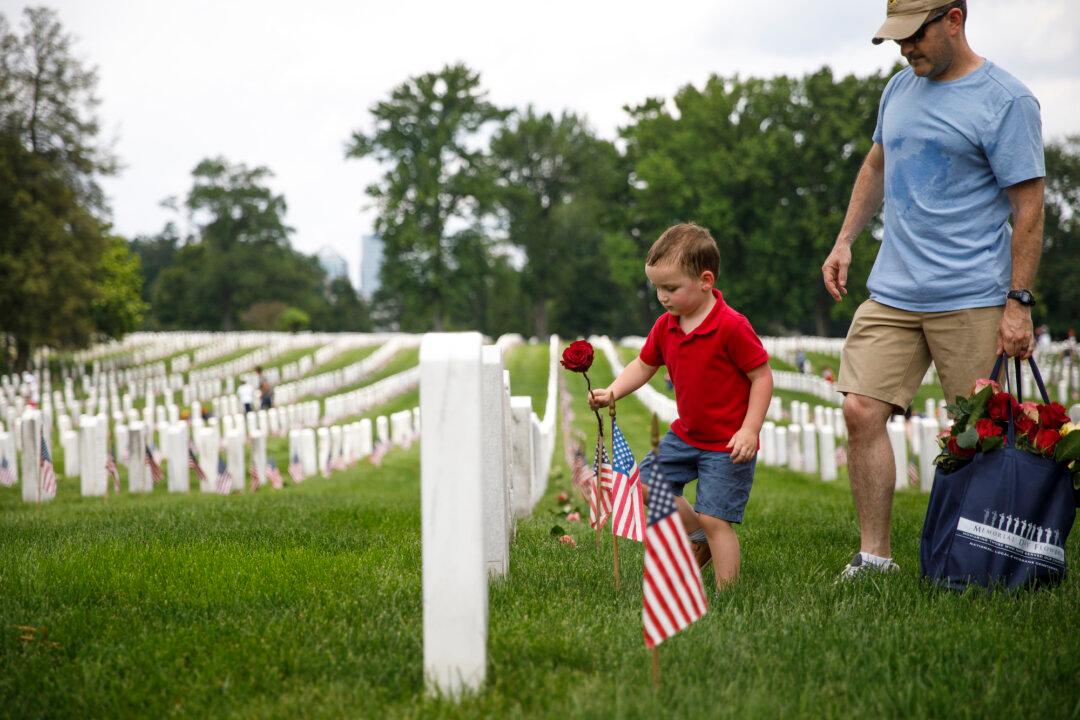On the lawn of the county courthouse in Waynesville, North Carolina, is a rough stone memorial honoring the county’s Vietnam War dead. Engraved on this monument are the names of “Haywood County’s Sons Who Sacrificed Their Lives in the Republic of South Vietnam.” At the foot of this stone slab is a cast metal pair of unlaced combat boots.
Many of the names inscribed on this simple memorial—Brown, Frazier, Moody, Rogers, and others—have echoed in Haywood’s hills and hollers for generations. The ancestors of these dead men probably fought as well in American conflicts ranging from the American Revolution to the Korean War. Moreover, many of the men whose names are written on this memorial undoubtedly have some relatives who knew them and who are still living, brothers and sisters, cousins, and perhaps even children.






